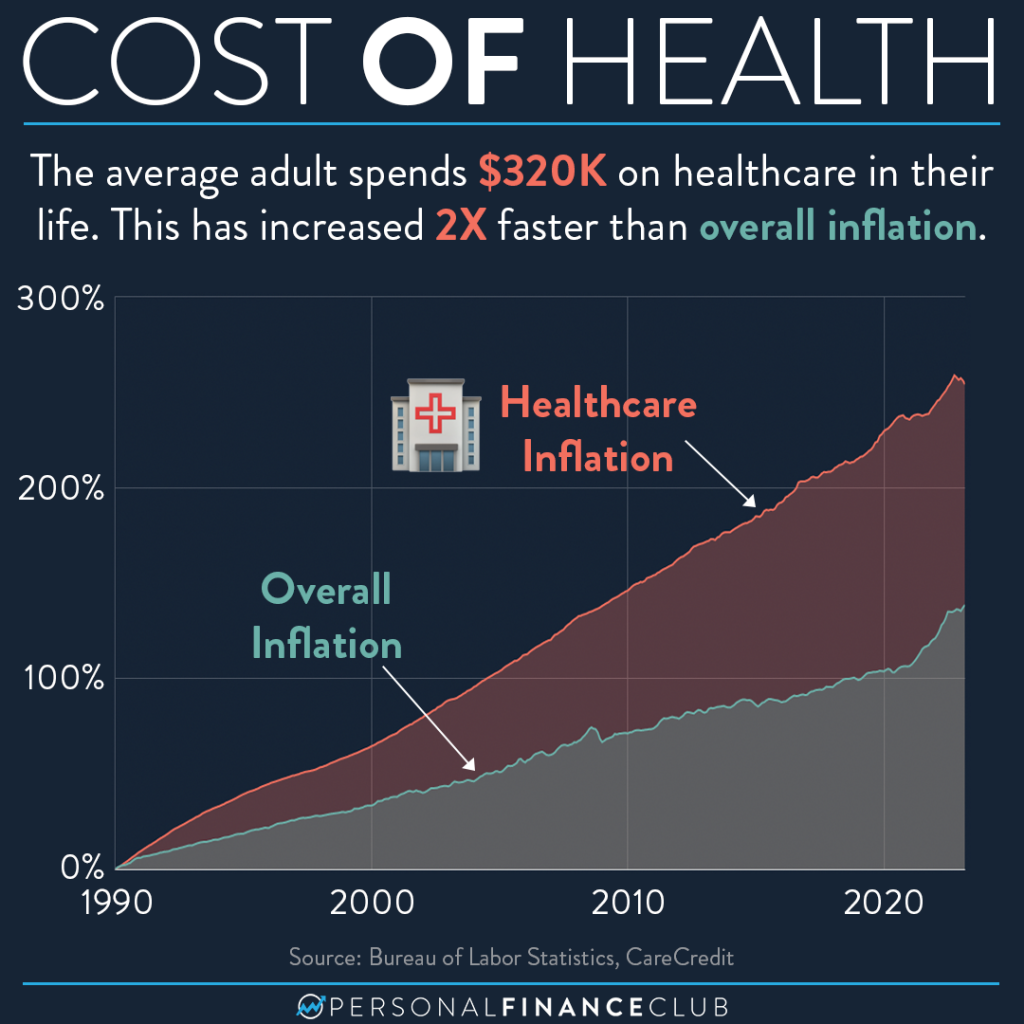The Relevance of Healthcare RCM in Enhancing Cash Flow and Performance
The Relevance of Healthcare RCM in Enhancing Cash Flow and Performance
Blog Article
A Comprehensive Overview on How Health Care RCM Works to Streamline Invoicing and Collections
Navigating the intricacies of healthcare income cycle administration (RCM) is crucial for service providers aiming to enhance their payment and collections processes. The overview unboxes the intricacies of RCM, from client registration to accounts receivable administration, supplying insights into enhancing each action.
Understanding Revenue Cycle Administration
RCM is a critical management function that encompasses the whole economic process of patient treatment, from the preliminary visit setting to the last settlement of the balance. It is a complex procedure designed to recognize, accumulate, and handle the profits from the solutions offered to clients.
The RCM process starts when a client schedules a consultation and expands with the patient's treatment journey, consisting of billing and collections. A vital objective is to lower the time between giving a solution and receiving repayment, thus improving the company's economic health. RCM involves various functions such as person registration, insurance verification, cost capture, coding, asserts submission, settlement posting, and managing rejections and allures.
Secret Elements of RCM
In the realm of Profits Cycle Monitoring (RCM), comprehending its key elements is basic to achieving economic efficiency within health care companies. RCM is an extensive procedure that encompasses different phases, each crucial to making certain effective invoicing and collections. The key parts include client enrollment, insurance confirmation, cost capture, coding, claim entry, settlement uploading, and receivable monitoring.


Once coded, insurance claims are sent to payers, where accuracy is extremely important to stay clear of rejections or delays - Healthcare RCM. Payment posting involves tape-recording the gotten settlements, which enables the settlement of accounts. Last but not least, receivables monitoring concentrates on monitoring and resolving overdue cases, making certain timely follow-up and resolution
Each part of RCM is adjoined, and inadequacies in any kind of component can interfere with the entire cycle. As a result, understanding these aspects is crucial for doctor to enhance revenue and enhance their financial health and wellness.
Strategies for Reliable Payment

Standardizing payment procedures across the organization is another crucial approach. Developing clear guidelines for documentation, coding, and submission assists maintain uniformity and compliance with regulatory requirements. Educating personnel frequently on these treatments ensures everyone is current with the current modifications in billing codes and payer plans.
Precise charge capture is vital in preventing profits leakage. Applying normal audits and tracking systems enables the recognition and adjustment of discrepancies prior to they impact earnings. Additionally, maintaining open lines of interaction with payers helps to swiftly resolve any kind of conflicts or misconceptions that might emerge.

Last but not least, engaging patients early in the invoicing procedure by providing clear price quotes and academic products concerning their economic obligations can substantially lower complication and enhance click now payment timeliness. These strategies collectively add find here to an extra effective and financially healthy payment system.
Enhancing Collections Processes
Offered the intricacies of clinical invoicing and the selection of payer requirements, improving the collections process involves applying strategic steps that make sure prompt and accurate payment of services provided. Automation devices can aid in tracking case statuses, sending out prompt reminders to patients, and managing denials much more successfully.
Educating personnel to comprehend the subtleties of insurance plan and payment codes is just as vital. This understanding equips them to deal with invoicing disparities promptly and connect properly with people regarding their financial duties. In addition, clear and transparent individual interactions are important. Offering comprehensive explanations of fees and providing flexible payment plans can increase patient complete satisfaction and prompt settlements.
Regular audits of the collections procedure should be carried out to recognize areas for renovation and make sure compliance with policies. By analyzing data, medical care companies can determine trends, prepare for potential issues, and adjust methods accordingly (Healthcare RCM). Eventually, a well-enhanced collections procedure not only supports monetary wellness however additionally adds to a more seamless experience for people and staff alike
Optimizing Earnings Streams
Structure upon the structure of a strong collections process, medical care organizations can additionally bolster their financial security by strategically optimizing profits streams. This entails a multi-faceted approach, starting with a comprehensive analysis of existing income sources to recognize inefficiencies and locations for growth. Employing innovative information analytics tools allows organizations to obtain insights into payer mix, client demographics, and service application patterns, permitting data-driven decisions that improve earnings capture.
Implementing automated invoicing systems can dramatically lower mistakes and accelerate insurance claims processing, ensuring that income is collected a lot more effectively. Moreover, maximizing payer pop over to this site contracts through routine negotiations can improve repayment rates and terms, directly influencing the lower line. Branching out service offerings, such as incorporating telehealth or wellness programs, can also draw in a broader person base, thus enhancing revenue possibility.
An additional crucial component is boosting patient involvement and complete satisfaction, as satisfied individuals are more probable to abide by treatment plans and make prompt payments. Providing versatile repayment options and clear payment techniques can improve collections and foster person loyalty. Healthcare RCM. By embracing these strategies, health care organizations can produce a much more resistant financial structure, guaranteeing continual development and stability in an ever-changing market landscape
Verdict
To conclude, healthcare Income Cycle Management (RCM) plays a critical duty in optimizing payment and collections procedures by integrating key elements such as patient registration, insurance coverage confirmation, fee capture, coding, claims submission, and accounts receivable management. By using innovative innovation, systematizing procedures, and cultivating patient involvement, healthcare providers can considerably reduce insurance claim rejections, accelerate settlement cycles, and boost cash flow. This extensive strategy to RCM ultimately leads to boosted financial efficiency and sustainability for health care companies.
The RCM process starts when a person routines a visit and prolongs with the patient's treatment journey, consisting of invoicing and collections.An additional crucial part is improving individual involvement and contentment, as completely satisfied individuals are extra most likely to stick to therapy plans and make timely payments. Offering flexible payment choices and transparent billing practices can improve collections and foster client commitment.In conclusion, health care Revenue Cycle Administration (RCM) plays an essential role in enhancing billing and collections procedures by incorporating crucial elements such as person enrollment, insurance policy verification, fee capture, coding, claims entry, and accounts receivable management. By employing innovative modern technology, systematizing procedures, and cultivating client involvement, healthcare suppliers can substantially minimize claim denials, accelerate settlement cycles, and enhance cash money circulation.
Report this page